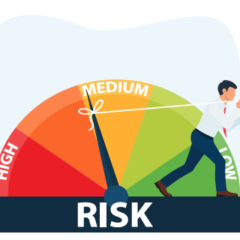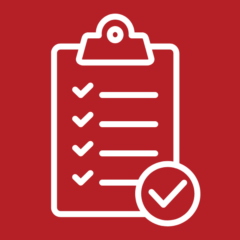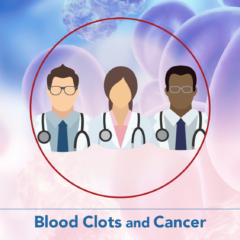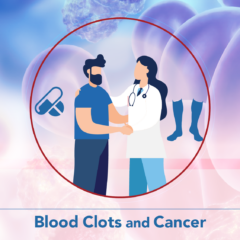Last updated on
Blood Clots and Cancer: What is a blood clot?
Watch these videos to learn more about cancer and thrombosis (blood clots), and what you can do to prevent blood clots.
The body forms blood clots to stop bleeding at sites of blood vessel damage from surgery or trauma, but sometimes blood clots form on their own. Blood cells called platelets help form blood clots. A blood clot that is big enough to affect how the blood flows is called a thrombosis.
Arteries carry blood away from the heart to other parts of the body. A blot clot in an artery is called an arterial thrombosis and can block blood flow to the heart and brain, causing heart attack, stroke, and death.
Veins return the blood to the heart from other parts of the body. A blot clot in the vein that travels to other parts of the body is called a venous thromboembolism (VTE). VTE includes deep vein thrombosis (DVT)—blood clots in the legs, thighs, or arms—and pulmonary embolism, a DVT that travels through the blood to the lungs. A PE can cause chest pain, problems breathing, low blood pressure, and death.



